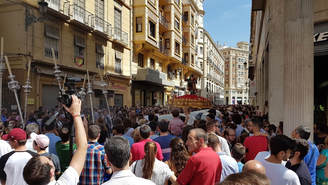 At the end of the first week we arrived at Malaga and had a chance to go into the city whilst the new passengers boarded. One of the places we looked forward to visiting was the Picasso museum. The Museo Picasso Málaga is a museum in Málaga, Andalusia, Spain, the city where artist Pablo Ruiz Picasso was born. It opened in 2003 in the Buenavista Palace, and has 285 works donated by members of Picasso's family. We decided to go by bus from the port, but again the map wasn't perfect and we finished up getting off a stop too late. In a way this proved to be a stroke of luck as we came across an interesting religious procession that was going around the town.  After watching this, we asked directions and then the museum was well signposted. Fortunately, the queue to get in wasn't too bad. As with a lot of these museums abroad, there was an entrance fee, but as this was a must see destination we were happy to pay. I'm sure that money could be raised in our country for important exhibitions, and this would help the running costs of the museum. Having collected a recorder we set off to explore the artwork. From 14 Mar. 2017, the rooms housing Museo Picasso Málaga’s permanent collection are refreshed, and more visitor-friendly and informative about Pablo Picasso’s work. The new design is predominantly chronological, showing how the artist’s work stretched over a period of time. It also points out its intrinsic versatility and the cyclical nature of his artistic investigations, drawing attention to his constant vocation for exploring the expressive possibilities of any medium. It was interesting to see how Picasso's work changed over the years and the different styles and materials used. You don't often see a lot of these works, as his most famous pieces are the ones focussed on in art books etc. There were sketchbooks showing how he explored the themes and some of the paintings seemed to be the initial work rather than the finished piece. You could see how his style developed through paintings and interestingly through sculpture. Some of his small clay and ceramic sculptures proved to be a fascinating insight into his thought process and how he came across a broken bicycle and used the seat and handlebar to represent a bull's head was inspirational. As an added bonus, there was also a Warhol exhibition on and for a small added fee you could visit this as well. It's interesting that as you visit different counties sometimes you find that you have already seen an exhibition or part of one. In this case, The Whitworth Art Gallery in Manchester had shown a few of his pictures. This exhibition was on a slightly different theme and included extra examples of his work. Again, you seem to get an idea of an artist's work by the pictures they are famous for and it is a pleasant surprise to see other work by them. Warhol. Mechanical Art provides a complete and polyhedral journey that enables visitors to follow the creative development of this exceptional artist from his beginnings as a budding commercial graphic designer in New York City in the 1950s, to his death in 1987, by which time he had become a universal legend. The show highlights various aspects of Warhol’s work, such as the innovative way in which he applied the idea of processing to his multi-faceted serial work, the strong biographical links, his artistic production, and his originality and talent for transversally and cyclically combining different techniques, media and iconographic repertoires. He created representations that are canons, as they form part of the official history of Western art, and symbols, having become part of contemporary collective popular imagery. 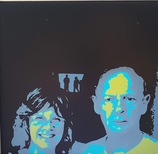 Having viewed the exhibition, we even got a chance to have our own Warhol picture taken to put on the Facebook page. An enjoyable start to the day and not the end of our cultural experience. On the way back we even stumbled upon the Centre Pompidou Malaga, which was a complete surprise. We had seen the outside on our bus journey into town and looked forward to exploring the large cuboid coloured structure even though we didn't know what it was.
By this time I must admit we were quite tired but did manage a quick look around. Again, we were surprised to find such a wide range of modern art and it was an impressive new gallery. A place we could visit again, as was the town of Malaga, which certainly had a lot more to offer.
1 Comment
The Warhol exhibition offers a kaleidoscopic journey into the vibrant mind of the iconic artist. Amidst the pop art masterpieces and celebrity portraits, a subtle homage to the mundane emerges. Warhol's fascination with everyday objects, like Campbell's soup cans, elevates the ordinary to the extraordinary. Yet, amidst the glitz and glamour, there's a nod to the unnoticed heroes of society. Just as Warhol celebrated pop culture, he recognized the significance of the unnoticed, much like plumbers, whose labor keeps the infrastructure flowing smoothly. In this exhibition, Warhol's work transcends the canvas, inviting viewers to reconsider the beauty in the overlooked.
Reply
Leave a Reply. |
AuthorPhilip Westcott Categories |
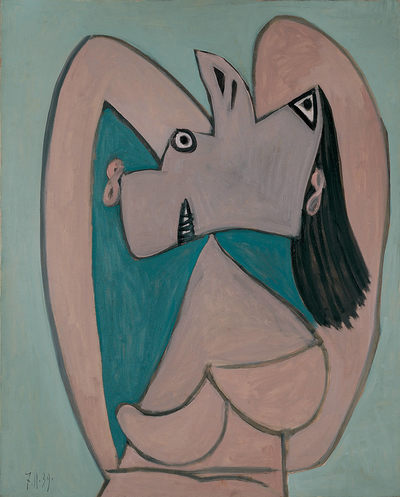
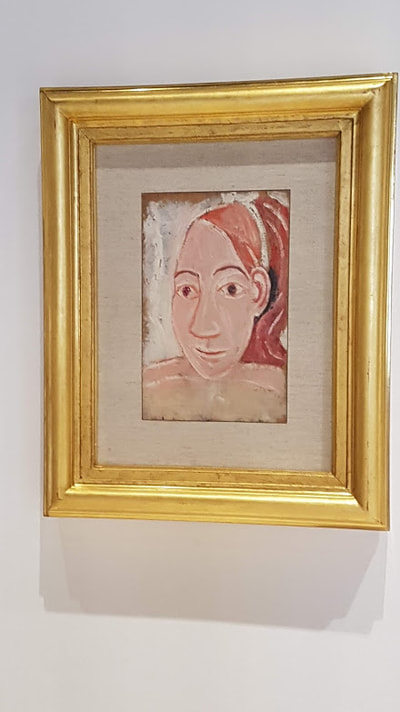
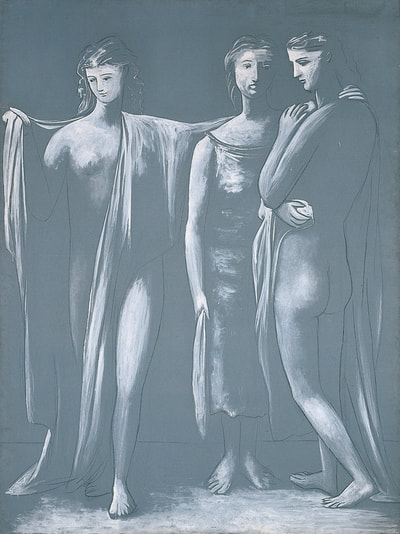
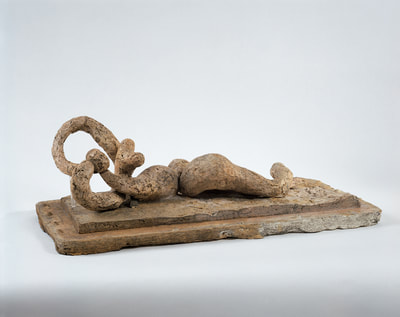
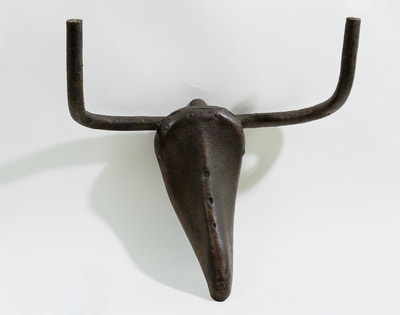


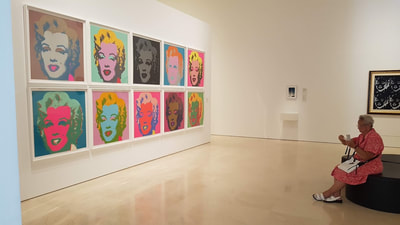
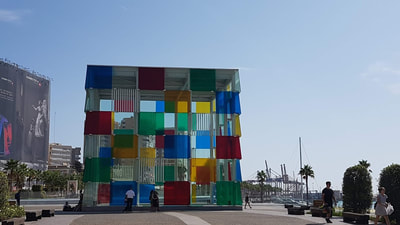
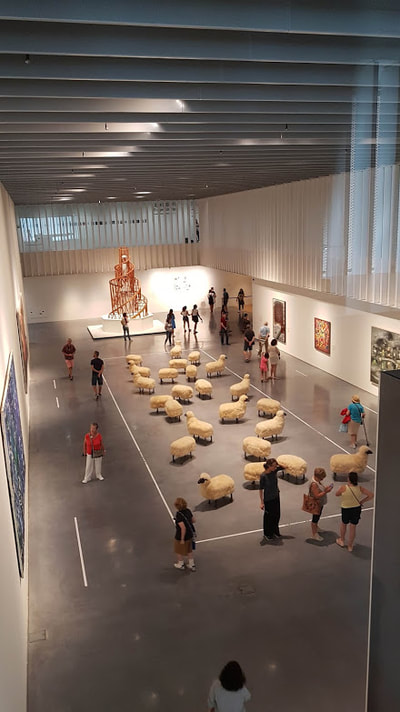
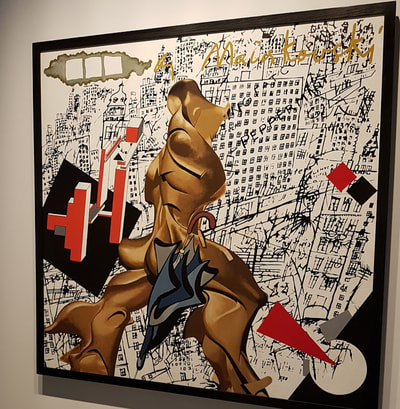
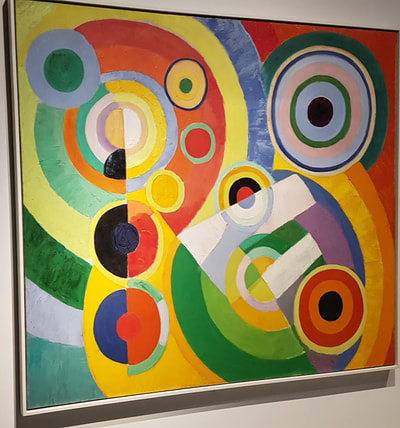
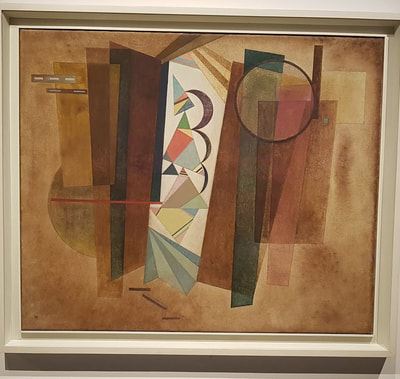
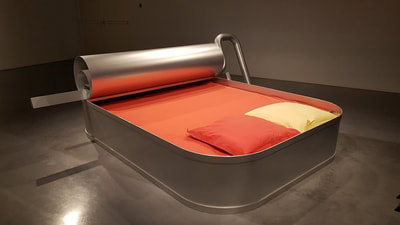
 RSS Feed
RSS Feed